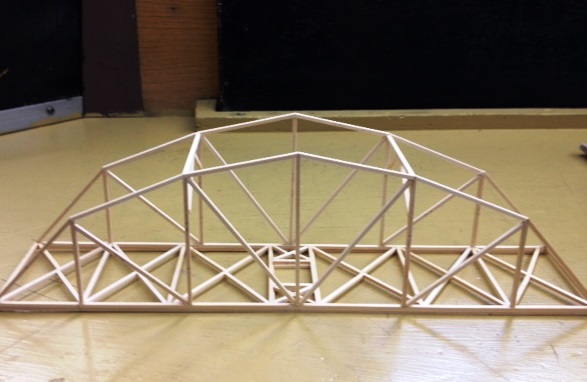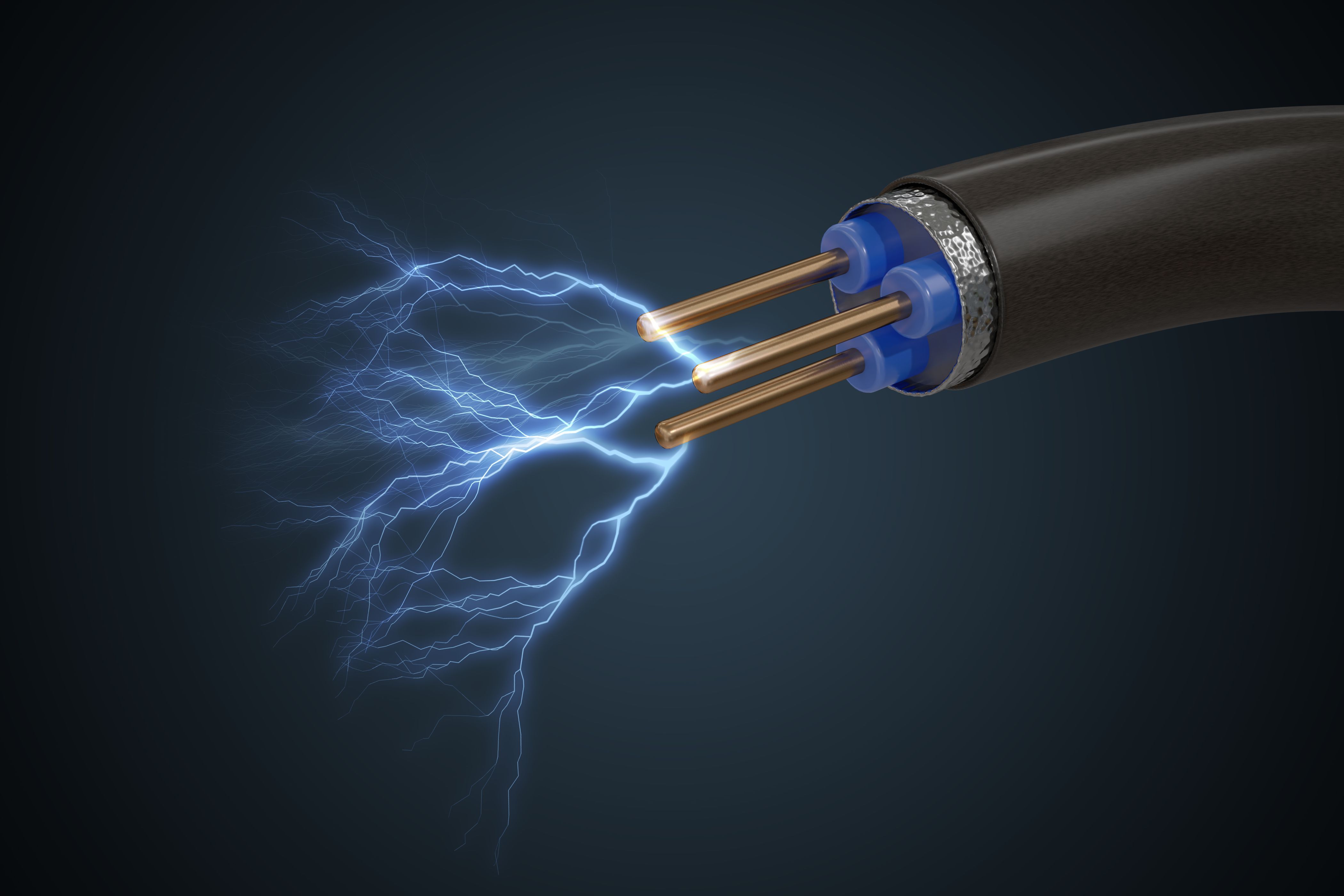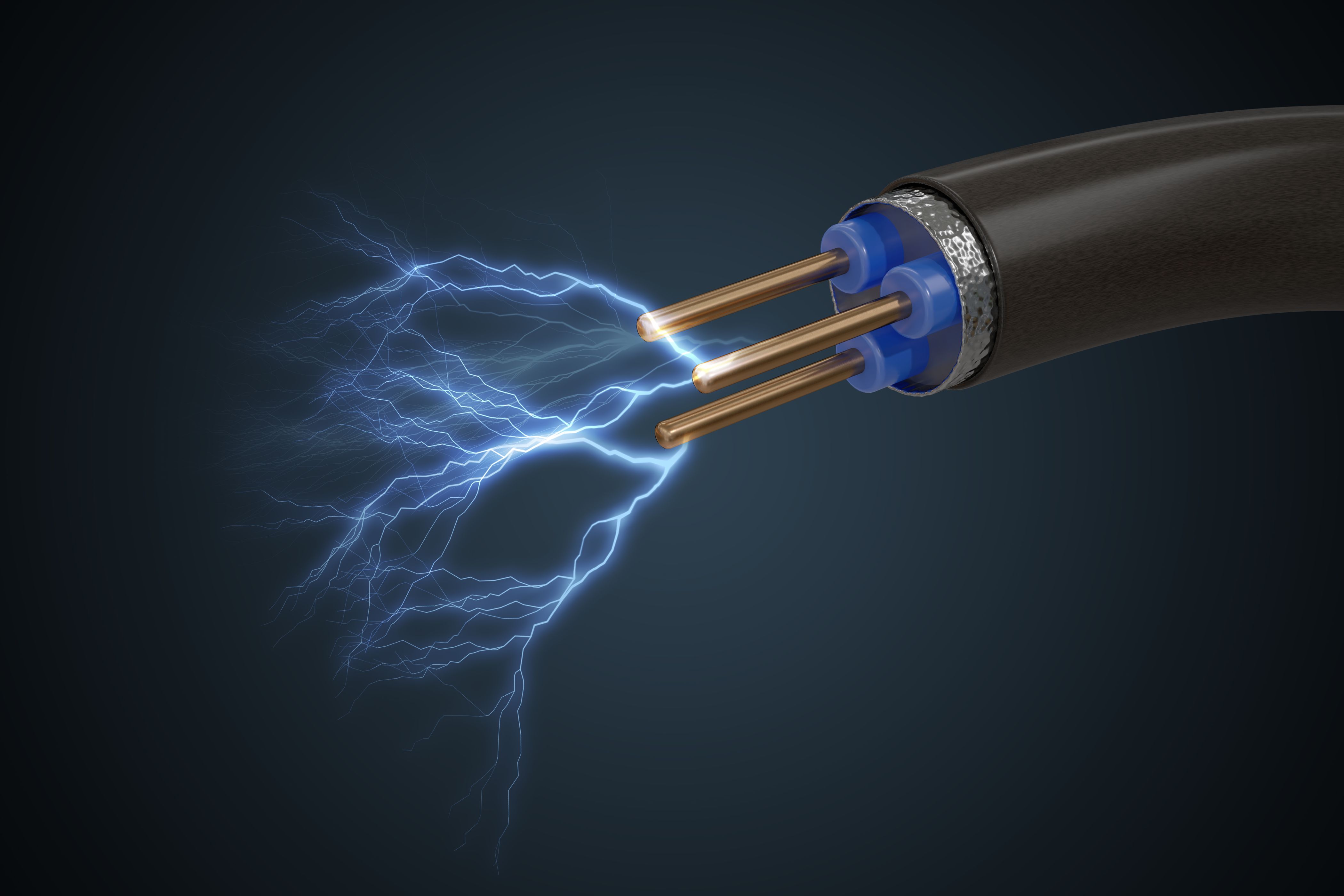Courses by Software
Courses by Semester
Courses by Domain
Tool-focused Courses
Machine learning
POPULAR COURSES
Success Stories
Week 6 - Data analysis
1. AIM:- Write a programme read data from the file containing the engine's data and plot PV diagram. 2. BODY:- import matplotlib.pyplot as plt import numpy as np from numpy import trapz import time # Basic Initilization line_count =1 crank = [] volume = [] # FILE PARSING STARTS HERE try : open('engine_data.out') except…
GAURAV
updated on 28 Jun 2020
1. AIM:- Write a programme read data from the file containing the engine's data and plot PV diagram.
2. BODY:-
import matplotlib.pyplot as plt
import numpy as np
from numpy import trapz
import time
# Basic Initilization
line_count =1
crank = []
volume = []
# FILE PARSING STARTS HERE
try :
open('engine_data.out')
except :
print('File not recognized. Please provide a valid CONVERGE output fileFile not recognized. Please provide a valid CONVERGE output file"')
for line in open('engine_data.out'):
if '#' not in line:
crank.append(float(line.split()[0]))
volume.append(float(line.split()[7]))
line_count = line_count +1
#figure
plt.plot(crank, volume,linewidth=3)
plt.xlabel('CRANK')
plt.ylabel('VOLUME')
plt.title('PLOT BETWEEN CRANK AND VOLUME')
plt.show()
# AREA UNDER PV DIAGRAM
volume = []
pressure = []
for k in open('engine_data.out','r'):
if '#' not in k:
pressure.append(float(k.split()[1]))
volume.append(float(k.split()[7]))
# calculating area under pv diagram
area = np.trapz(pressure,volume)
print('Area under PV diagram',area)
#calculating Power
rpm = 1500
power = area * 1e+06 * rpm/1500
print('Power output of the engine',power,'kw')
##calculating specific fuel consumption
fuel_per_stroke = 20*1e-06
mass_flow_rate = 2.99*1e-10
specific_fuel_consumption = mass_flow_rate/(power)
print('The specific fuel consumption is',specific_fuel_consumption,'g/kw')
plt.plot(volume,pressure)
plt.xlabel("VOLUME")
plt.ylabel("PRESSURE")
plt.show()
STEPS TAKEN WRITE A PROGRAMME
- Get an empty array for crank and volume.
- Give a condition for reading the file.
- use append the command to store a value in crank and volume.
- plot the result between crank and volume. Labels it.
- then put get empty array for pressure and volume
- again use append command for storing values in Array.
- calculate the area, power and specific fuel consumption.
- Plot the graph between pressure and volume. and label it
PLOT

PLOT

RESULT

3.CONCLUSION
With this we can store any value.
Leave a comment
Thanks for choosing to leave a comment. Please keep in mind that all the comments are moderated as per our comment policy, and your email will not be published for privacy reasons. Please leave a personal & meaningful conversation.
Other comments...
Be the first to add a comment
Read more Projects by GAURAV (9)
Week 6 - Data analysis
1. AIM:- Write a programme read data from the file containing the engine's data and plot PV diagram. 2. BODY:- import matplotlib.pyplot as plt import numpy as np from numpy import trapz import time # Basic Initilization line_count =1 crank = [] volume = [] # FILE PARSING STARTS HERE try : open('engine_data.out') except…
28 Jun 2020 02:38 PM IST
Week 5 - Curve fitting
1. What does popt and pcov mean? ANS. " popt " is an array that stores the values of the coefficients that are being passed in a given function. " pcov " is a two-dimensional array that stores the values of the estimated covariance of popt i.e the coefficients. 2. What does np.array(temperature) do?…
28 Jun 2020 01:27 PM IST
Week 3 - Solving second order ODEs
1. AIM:- Write a programme for solving second order differential equation for a pendulum and also transient behaviour of a pendulum . 2.Governing Equation : 3.OBJECTIVE OF PROJECT: To To study how the time period of a simple changes when its amplitude (θ ) is changed. 4.BODY:- import…
28 Jun 2020 12:57 PM IST
Week 2 Air standard Cycle
AIM: Write a programme for AIR STANDARD CYCLE OBJECTION: The Otto cycle is an air-standard cycle which approximates the processes in petrol or diesel engines. It is based on constant volume heat addition (combustion) and heat rejection processes, and isentropic compression and expansion. …
23 Jun 2020 02:52 PM IST
Related Courses






0 Hours of Content

Skill-Lync offers industry relevant advanced engineering courses for engineering students by partnering with industry experts.
Our Company
4th Floor, BLOCK-B, Velachery - Tambaram Main Rd, Ram Nagar South, Madipakkam, Chennai, Tamil Nadu 600042.
Top Individual Courses
Top PG Programs
Skill-Lync Plus
Trending Blogs
© 2025 Skill-Lync Inc. All Rights Reserved.








